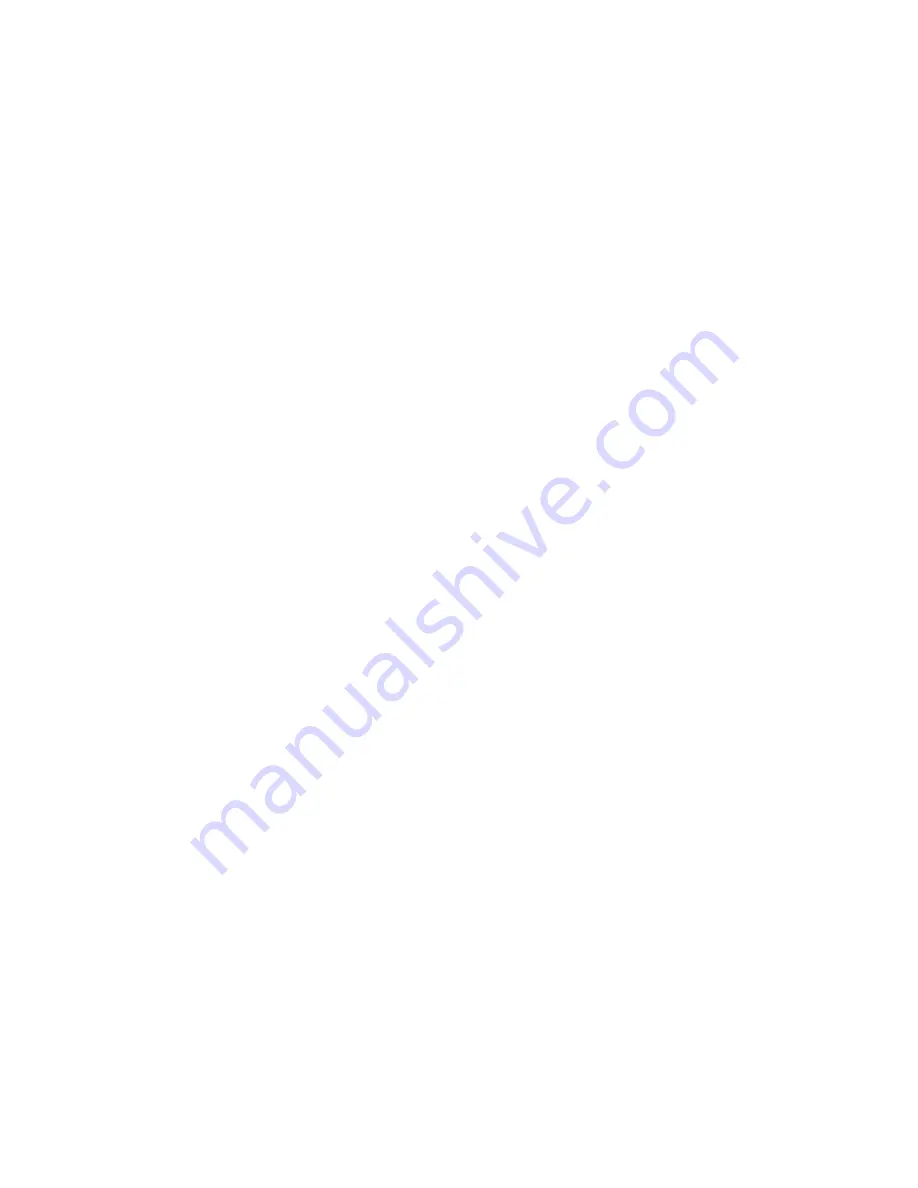
3
Calibration
Calibration overview
Obtaining the most satisfactory print quality on your press depends
on a number of issues. One of the most important issues is steady
toner density. Toner density is affected by many factors such as
heat, humidity, and service settings. Toner density also tends to
vary over time. Such variations cannot be totally eliminated, but
you can perform the calibration process to compensate for them.
The calibration process consists of creating calibration tables that
are mapped to a specific media type, and screening method.
You can create calibration curves using either of the following
options:
●
Off-the-glass calibration: Enables you to print a color chart, scan
the color patches in the color chart with the scanner platen, and
create a calibration table based on the scanned measurements.
●
X-Rite i1 spectrophotometer: Enables you to print a color chart,
scan the streams of color patches in the color chart with the i1
spectrophotometer, and create a calibration table based on the
scanned measurements.
The IC-307 print controller uses the data in this table to
compensate for the differences between the actual, measured
density level and the target density level.
You should create calibration tables in the following instances:
●
Every 24 hours, to compensate for potential variations in toner
density
●
When prints show “color casts”
●
After machine maintenance or hardware changes
●
If there are drastic ambient changes (temperature and humidity)
In the job parameters window, under
Color
>
Calibration
, the
Linked
option is selected by default. Any job that meets the media
attributes that you selected during the calibration process will
automatically be mapped or linked to that calibration table. When
you send your job to print, the calibration table that is linked to the
selected media type and screening is automatically used for
printing the job.
Summary of Contents for bizhub PRESS C6000
Page 2: ......
Page 34: ...26 Chapter 4 Printing a file in Windows and Mac OS...
Page 54: ...46 Chapter 6 Managing jobs...
Page 78: ...70 Chapter 7 Managing color...
Page 104: ...96 Chapter 8 Production workflows...
Page 156: ...148 Chapter 12 Setting up your color server...
Page 176: ...168 Chapter 13 Working with color server tools on your computer...
Page 196: ......
















































